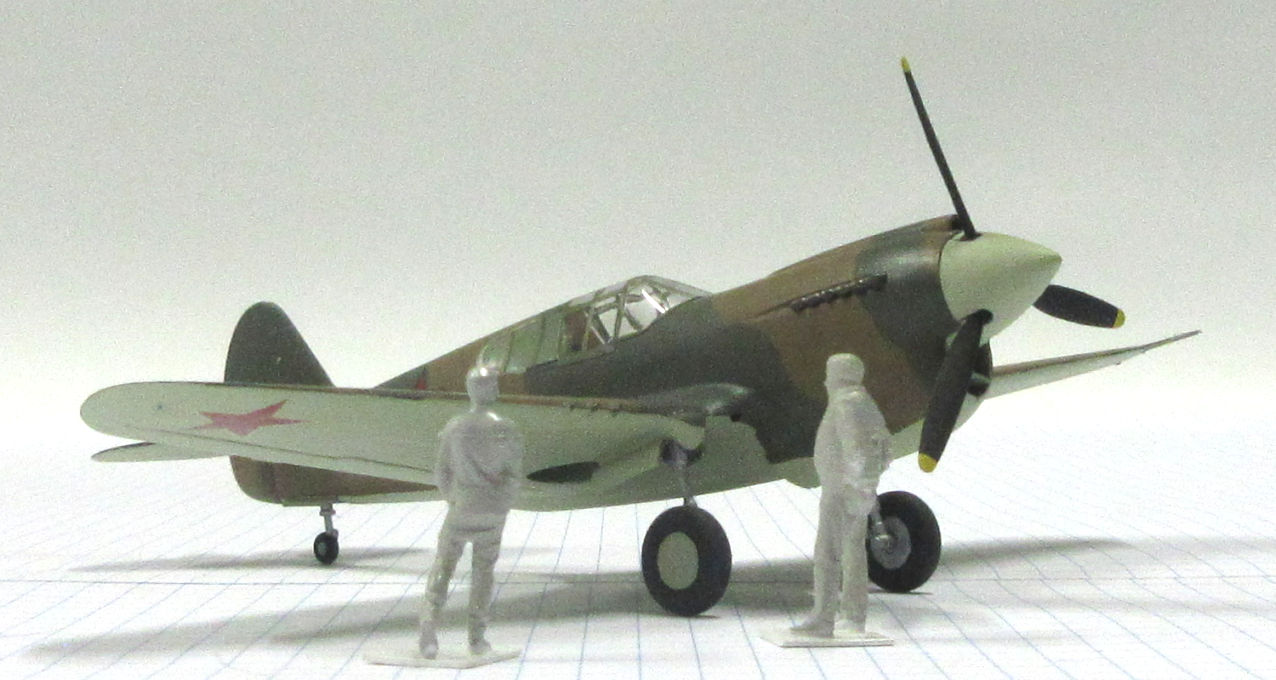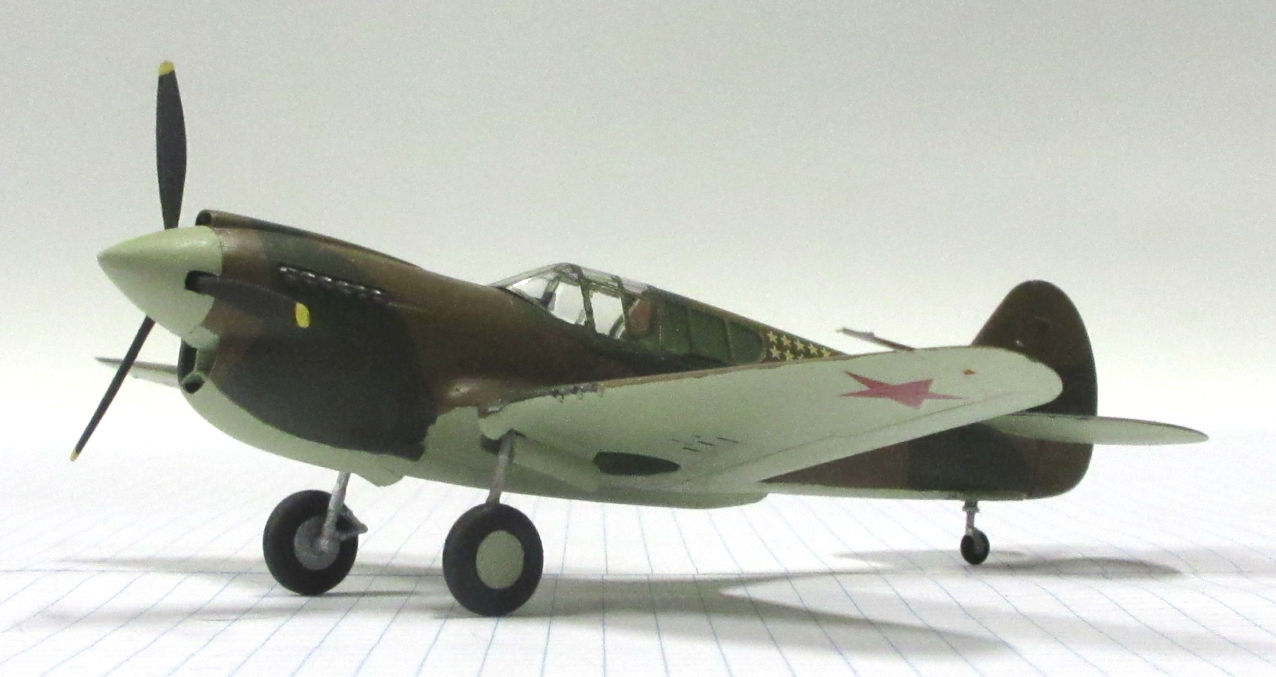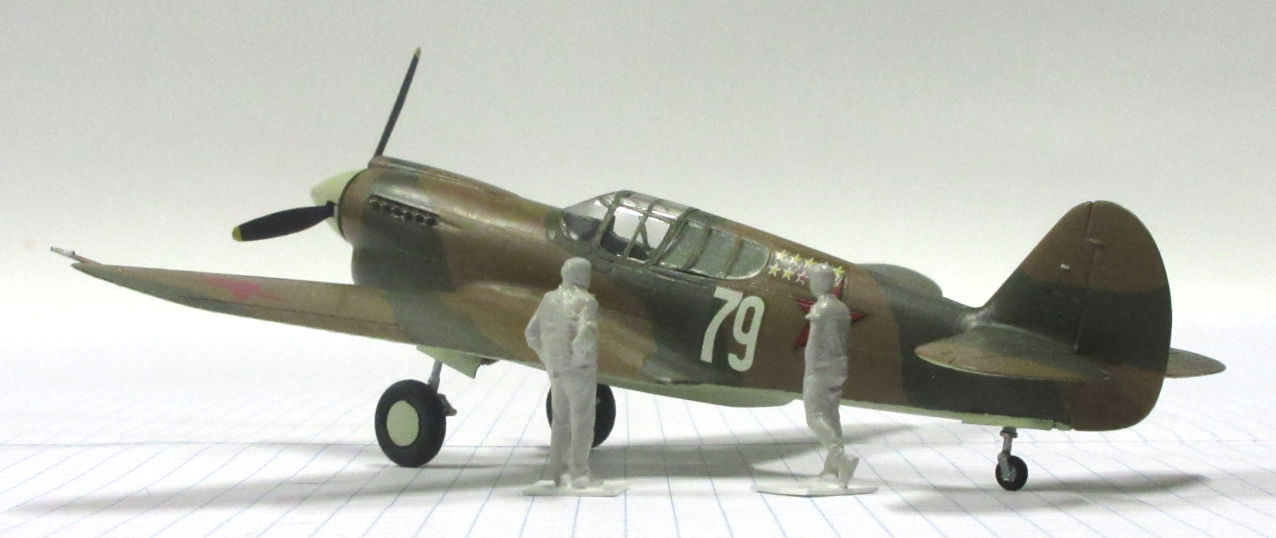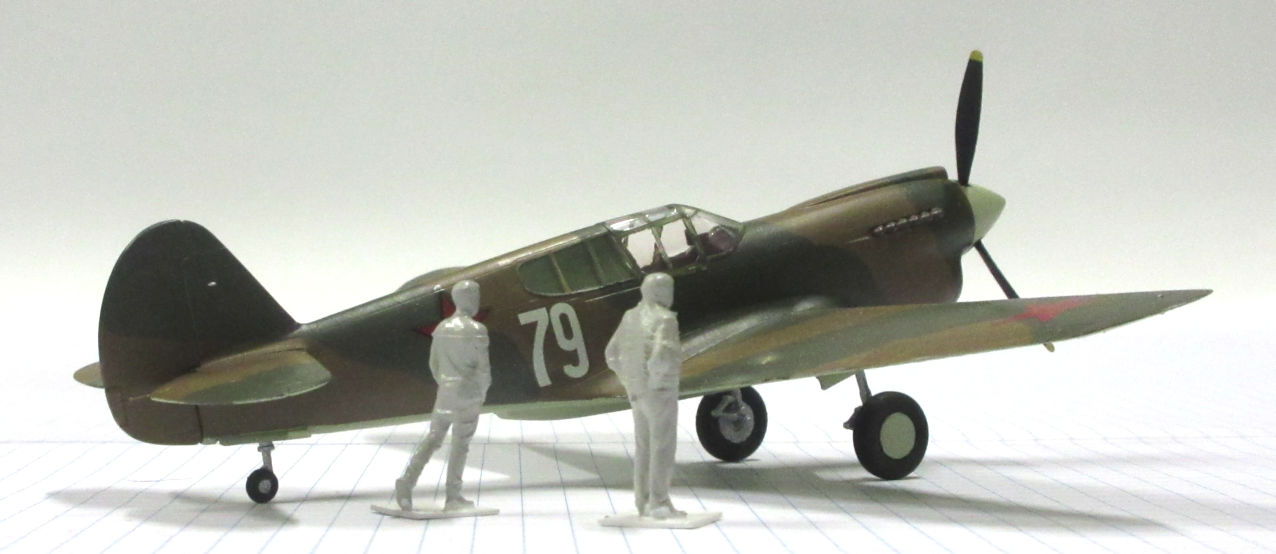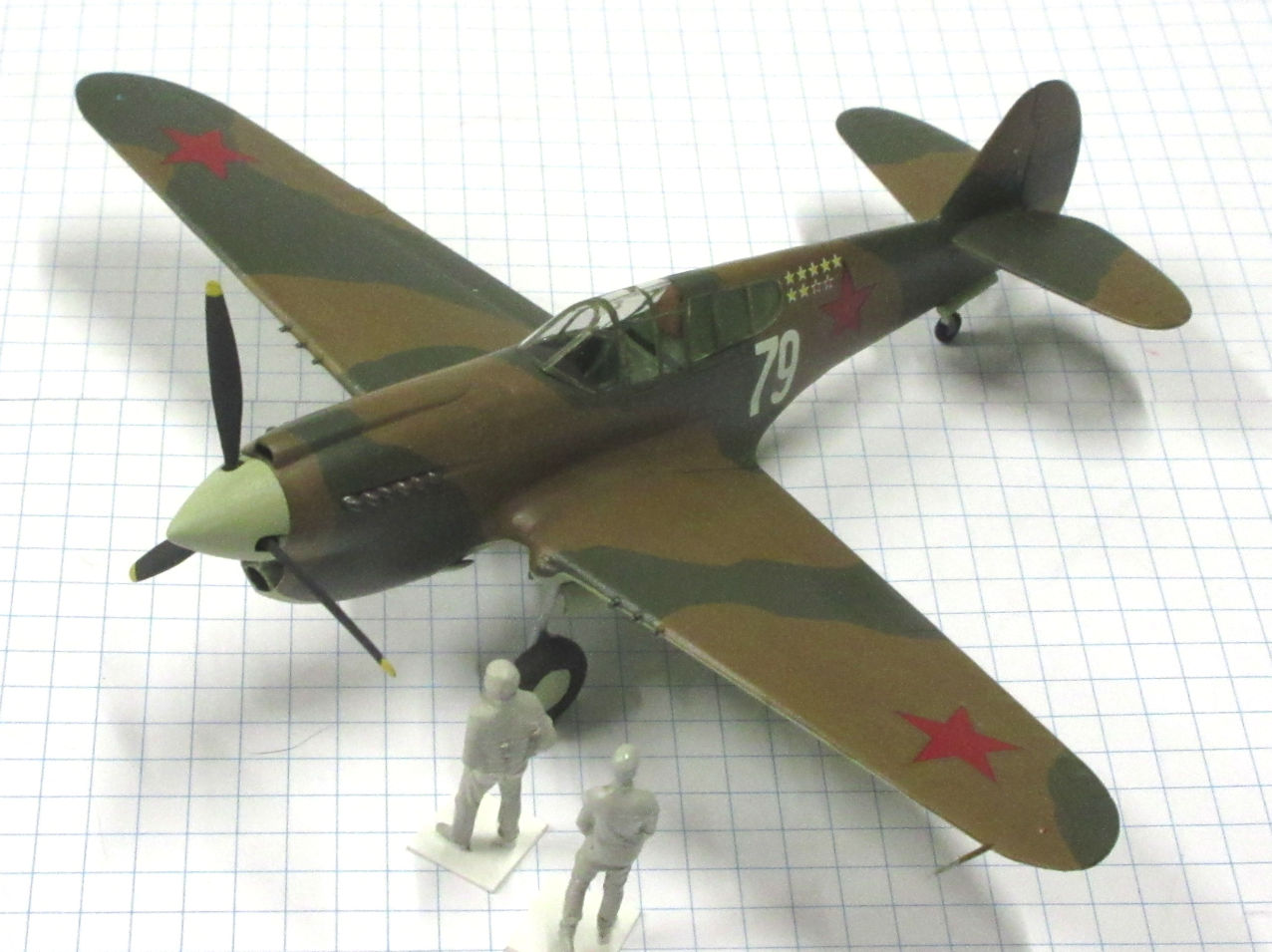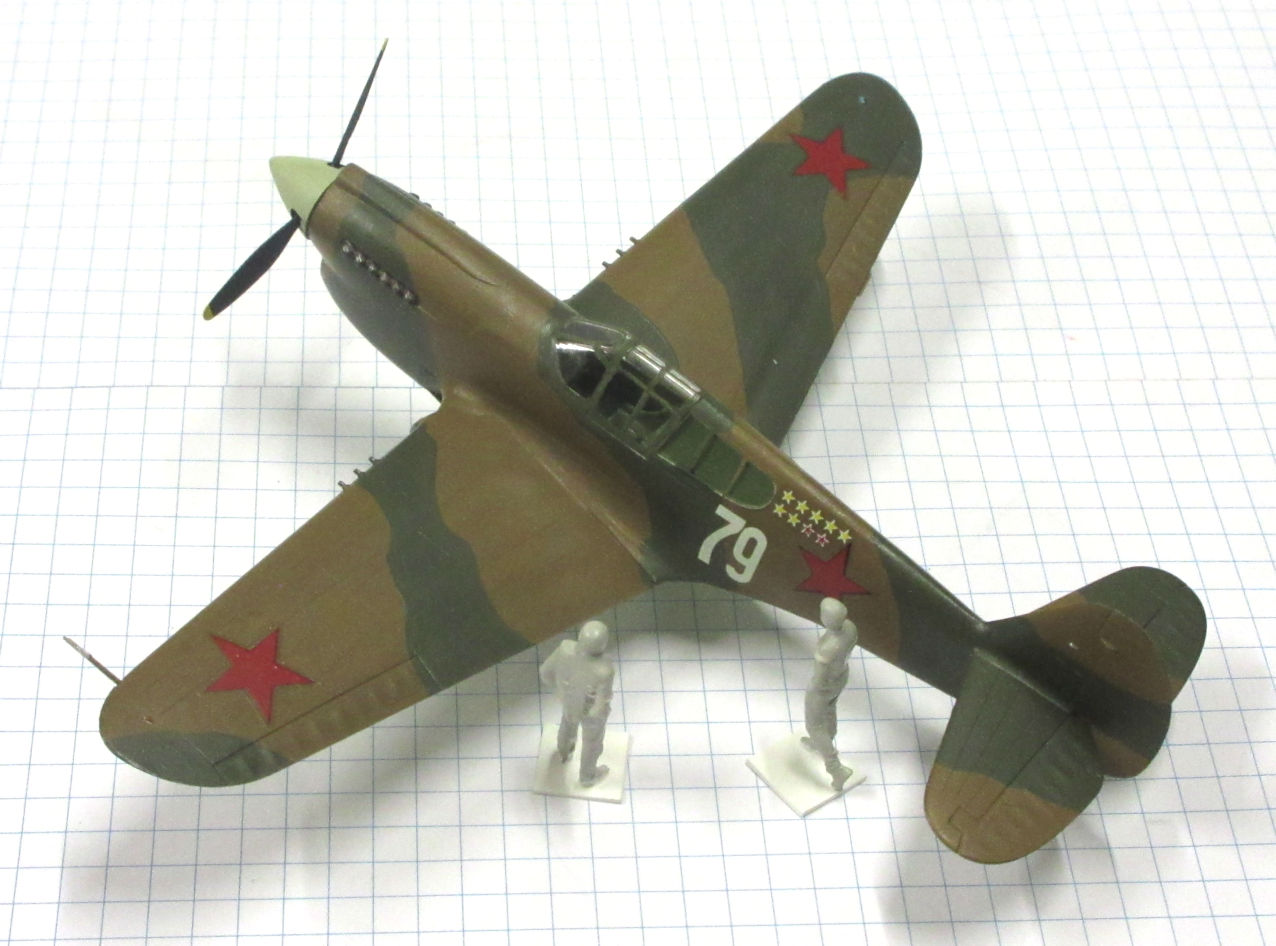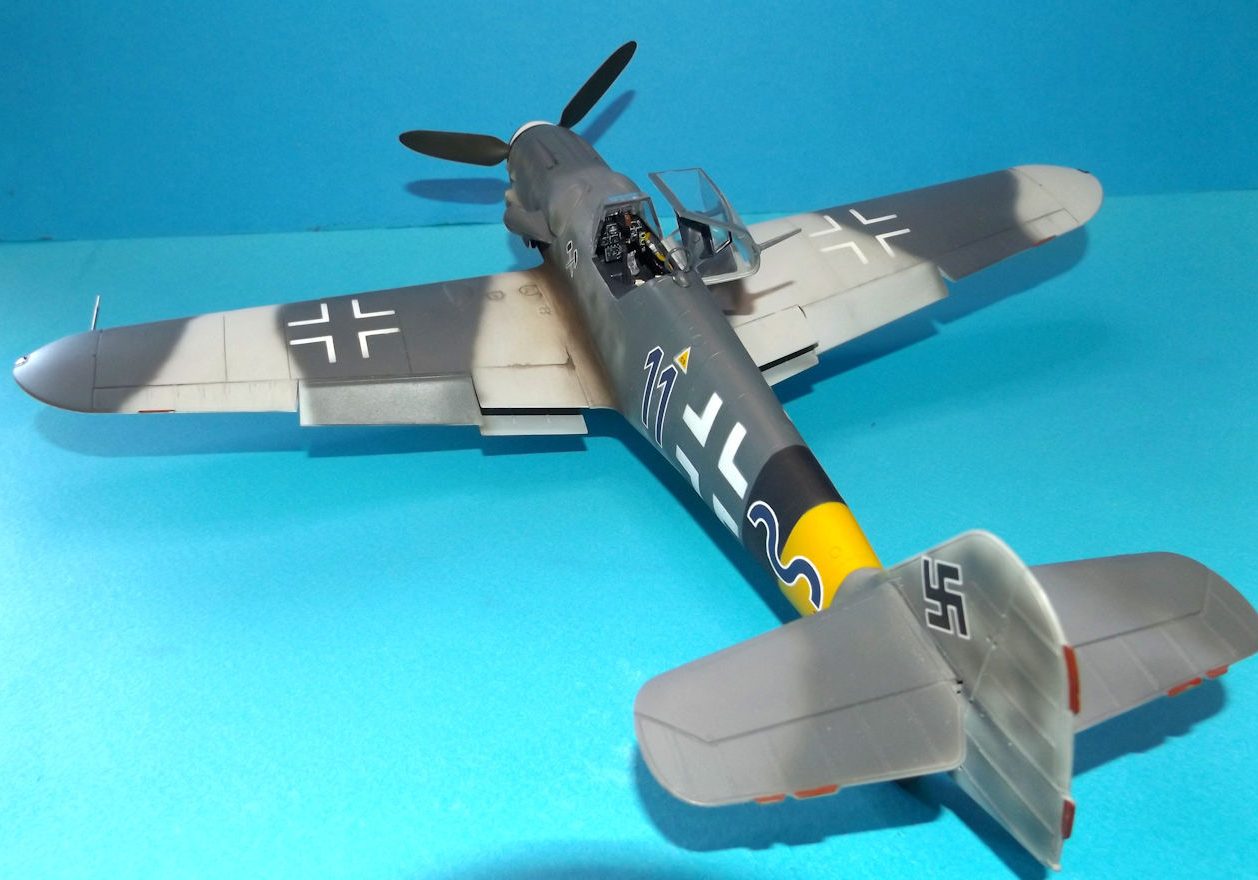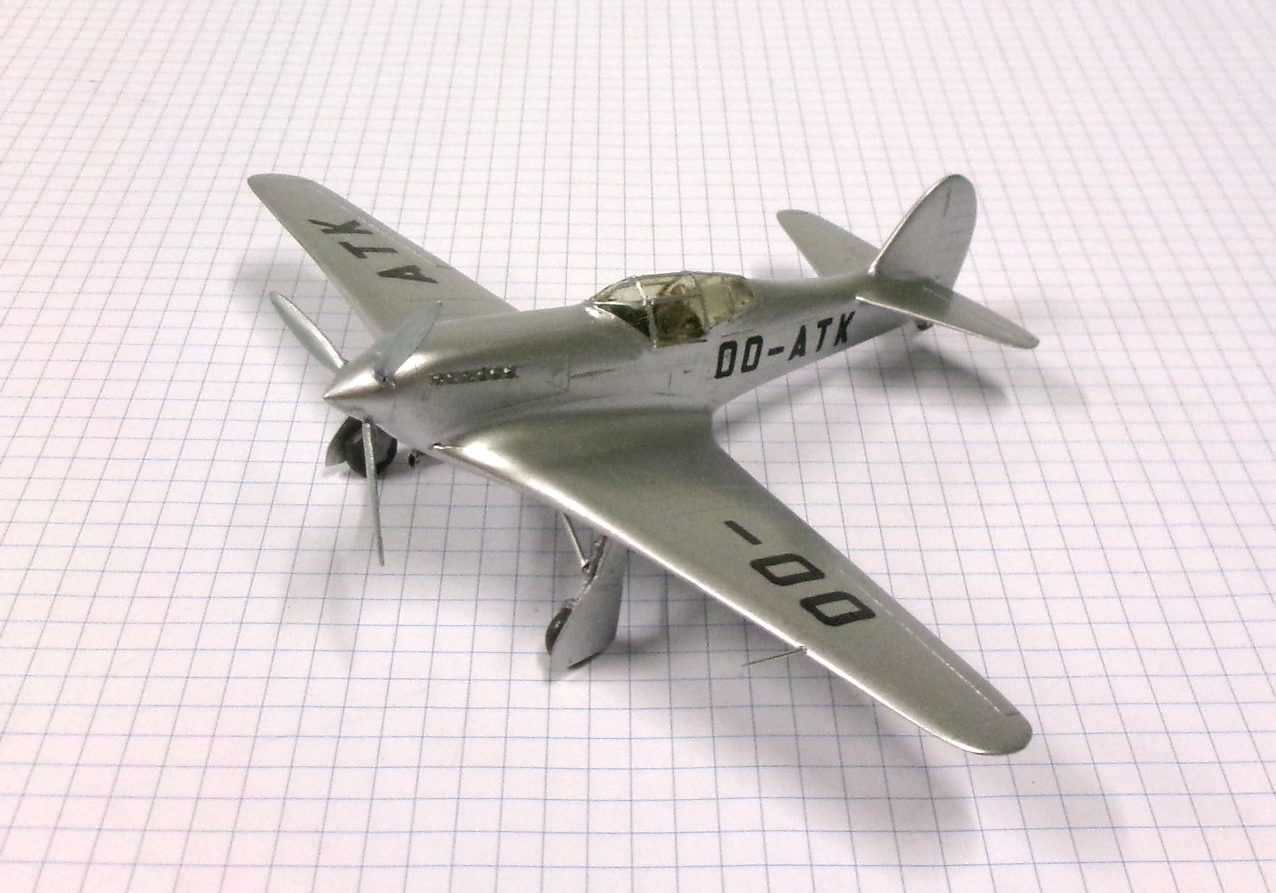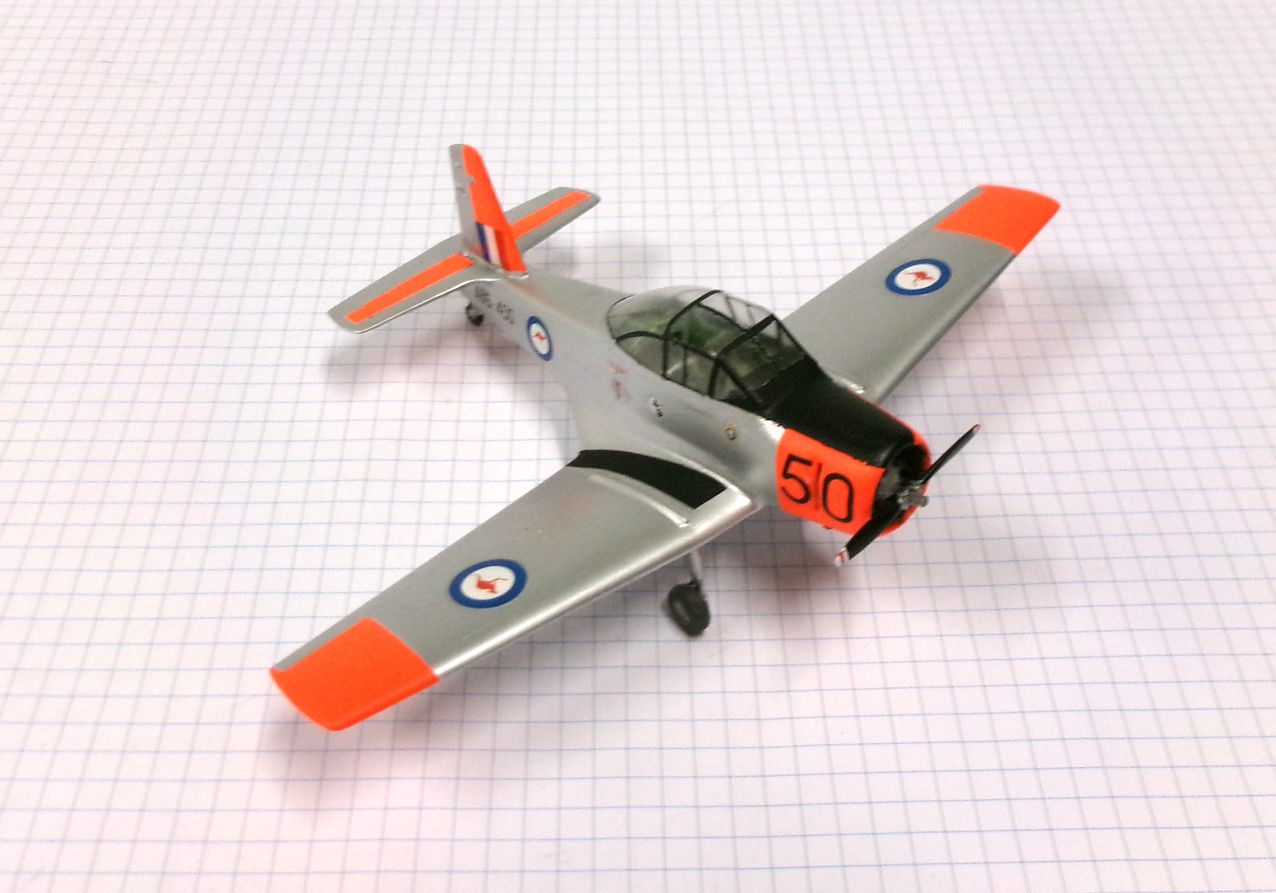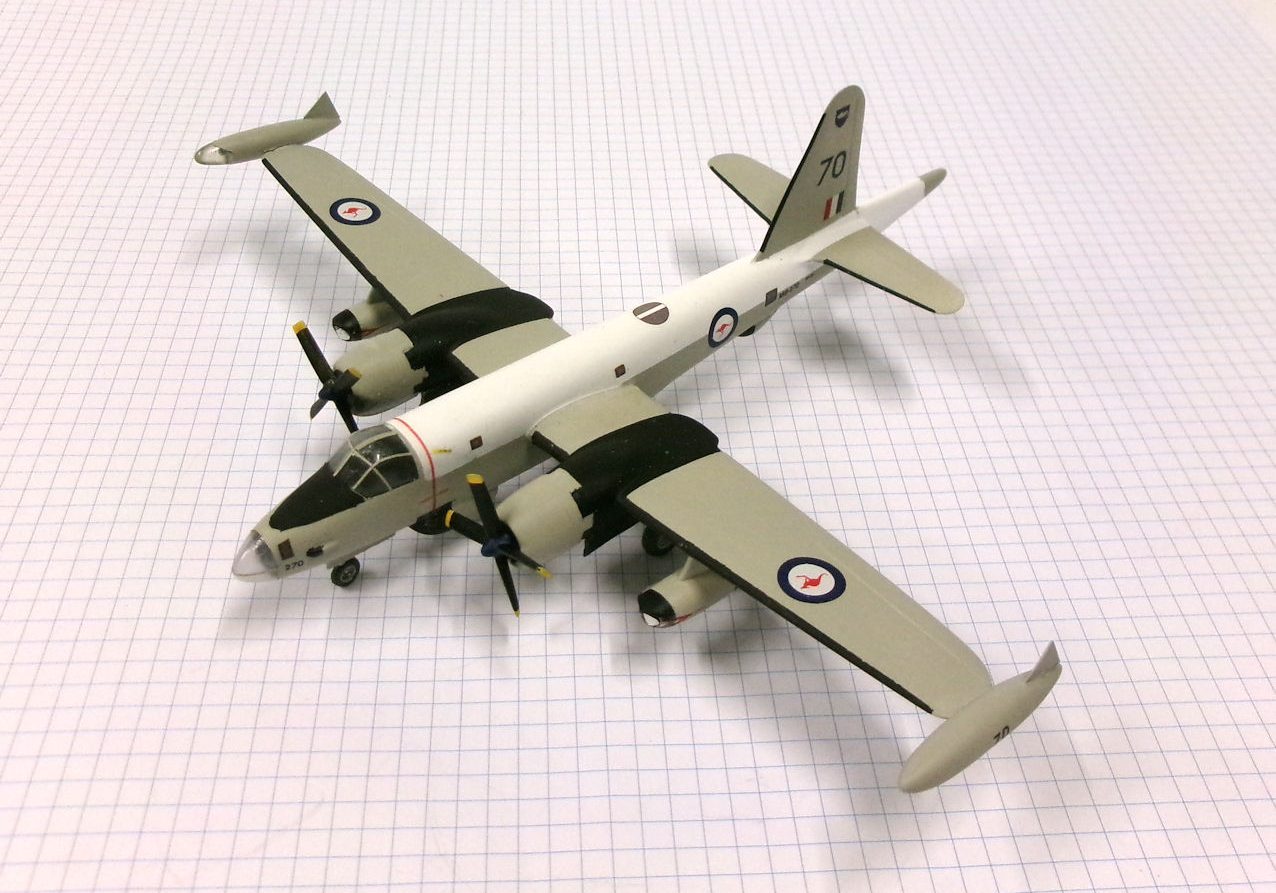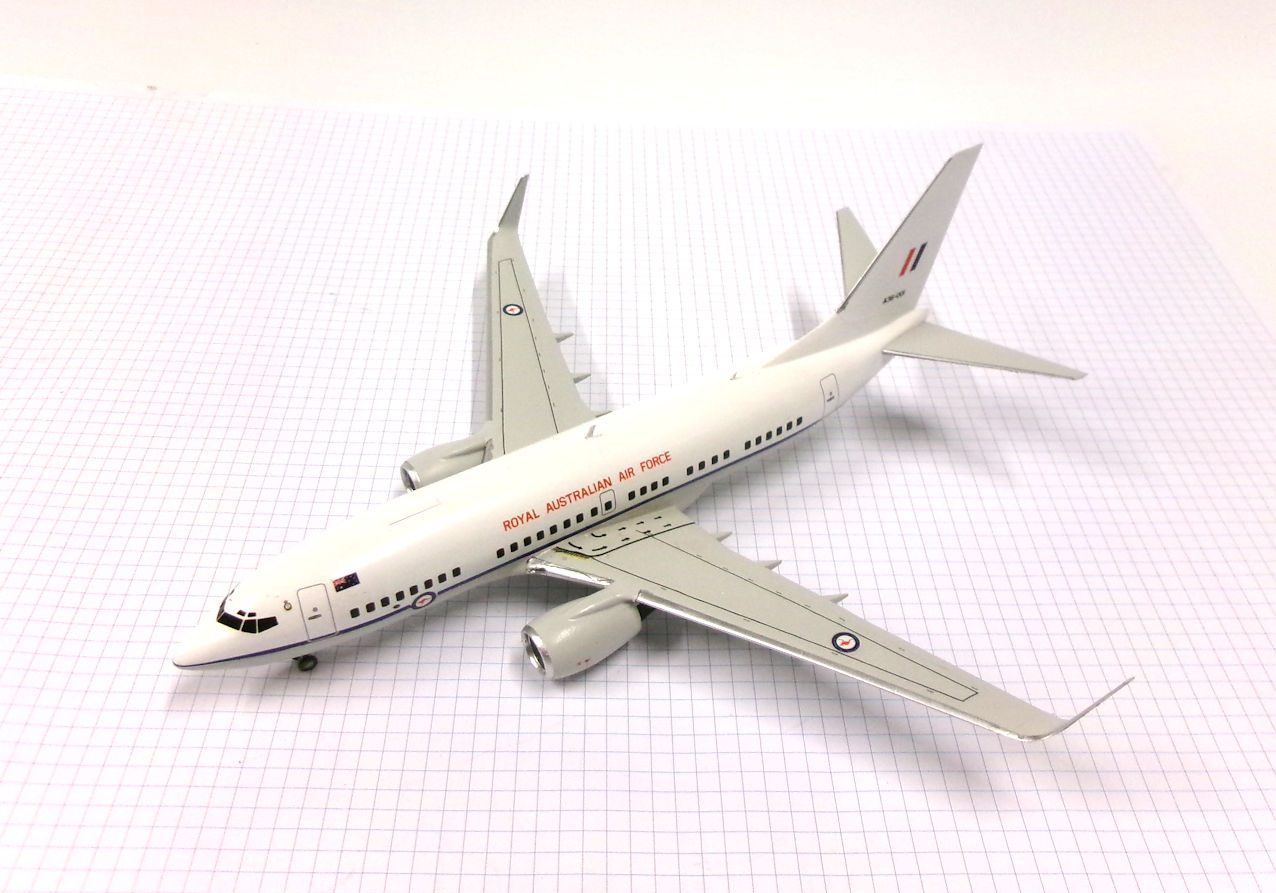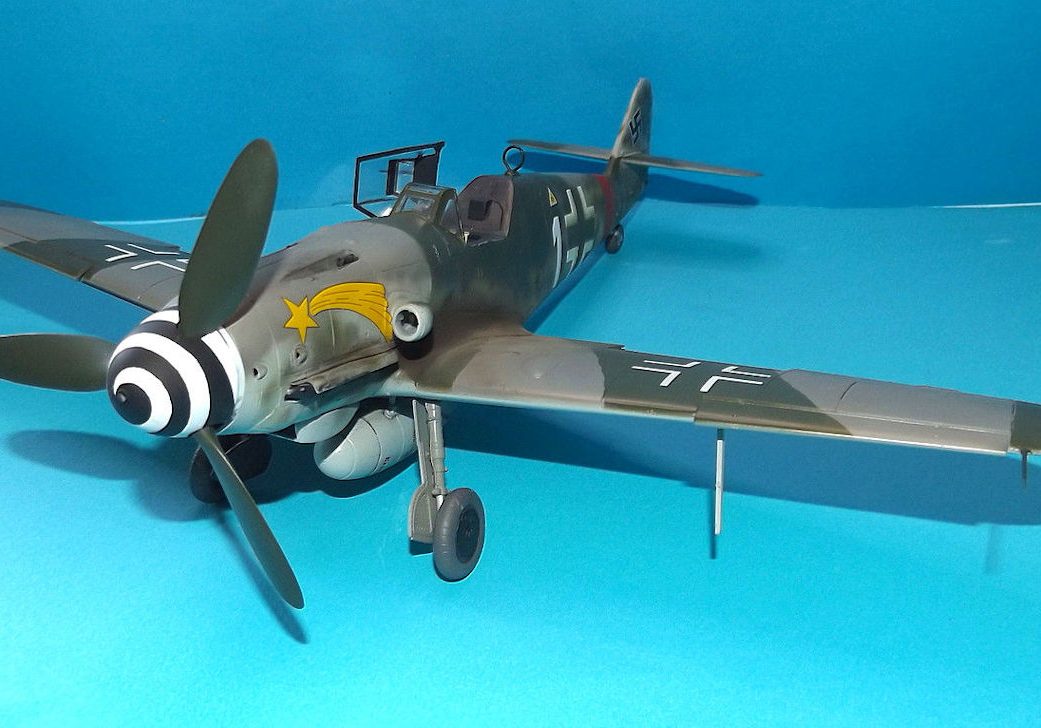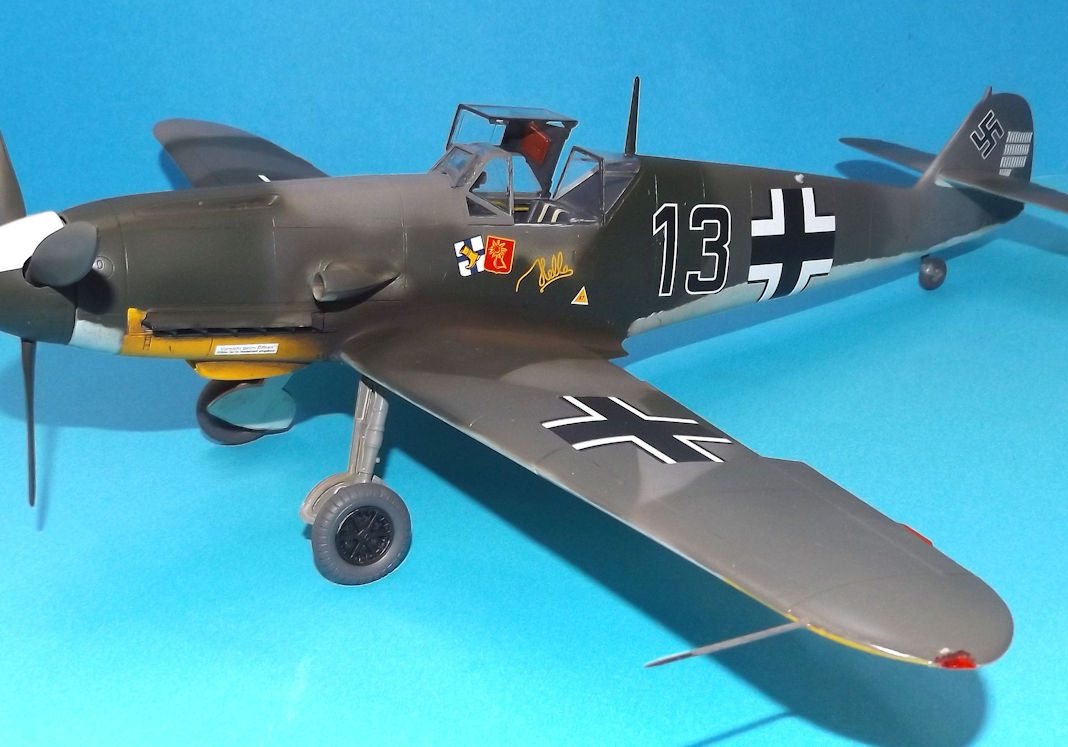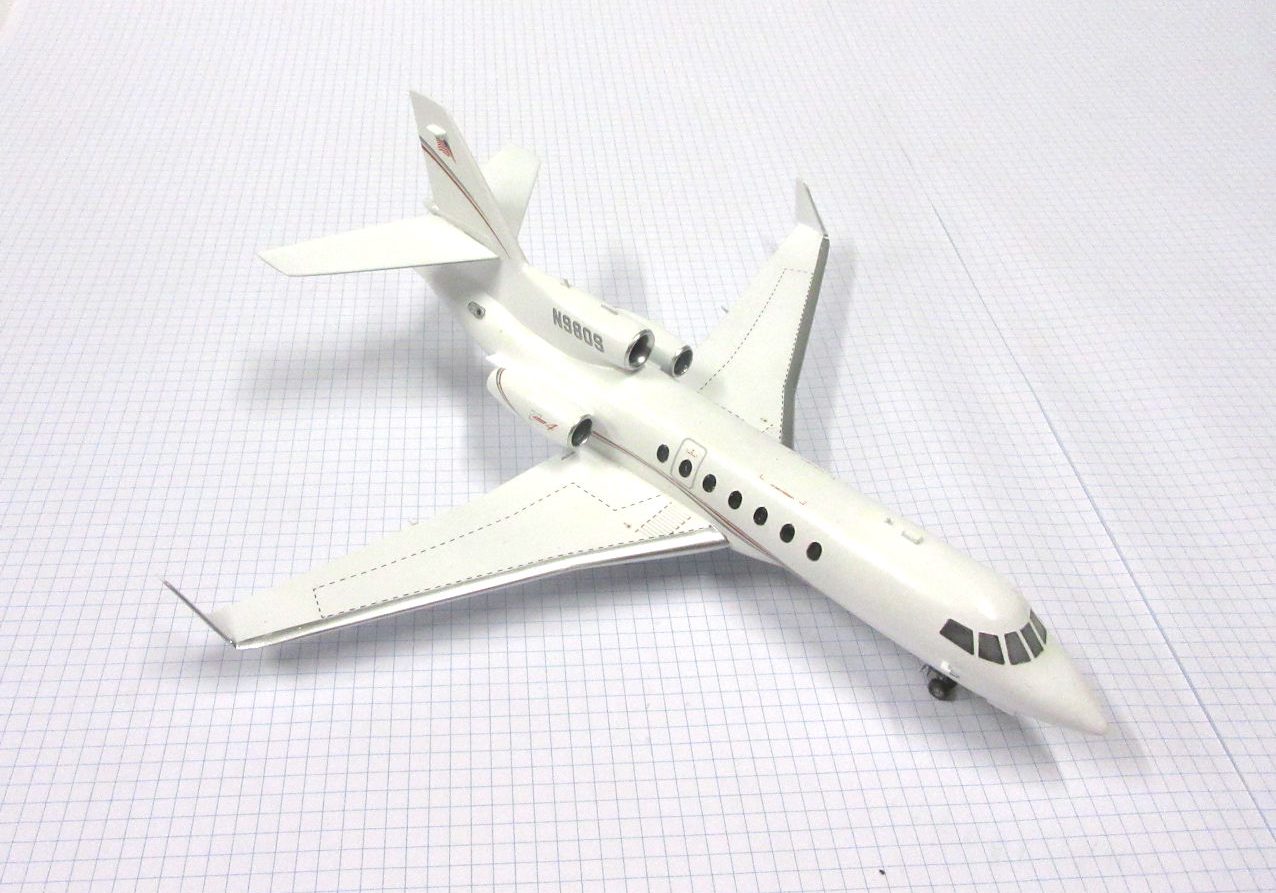History
The Curtiss P-40E was an almost complete redesign of the P-40 based on the lessons learned in the first year of World War 2. The nose was redesigned for a more powerful engine and armament improved to six .50 cal machine guns in the wings. Deliveries began in August 1941. A total of 2,300 P-40Es were manufactured.
The Curtiss P-40E was a major revision of the earlier P-40 with improvements that included a redesigned nose with the radiator enlarged and moved forward and the air intake relocated, a revised cockpit canopy to improve the pilot’s vision and armament increased to six .50 calibre machine guns mounted in the wings.
Over 2,000 were manufactured for the United States Army Air Corps and British air forces including the Royal Australian Air Forces.
They served in all theatres of the war where it poor high altitude performance was not a major problem.
Their ability to carry bombs and the power of their six machine guns also made them a good ground attack aircraft.
This model represents a Curtiss P-40E flown by Captain N A Zelenov of the Red Army 154 IAP, at Leningrad in 1942
Data: single-seat fighter. Engines one Allison V-1710-39 V-12 liquid-cooled piston of 920kW. Wing span 11.37m. Length 9.67m. Gross weight 83862kg. Maximum speed 538km/h. Range 1152km. Armament six 12.7mm machine guns and up to 910kg of underwing weapons. Crew 1.
Hasegawa 1/72 kit completed by Steve Pulbrook in 2016.
